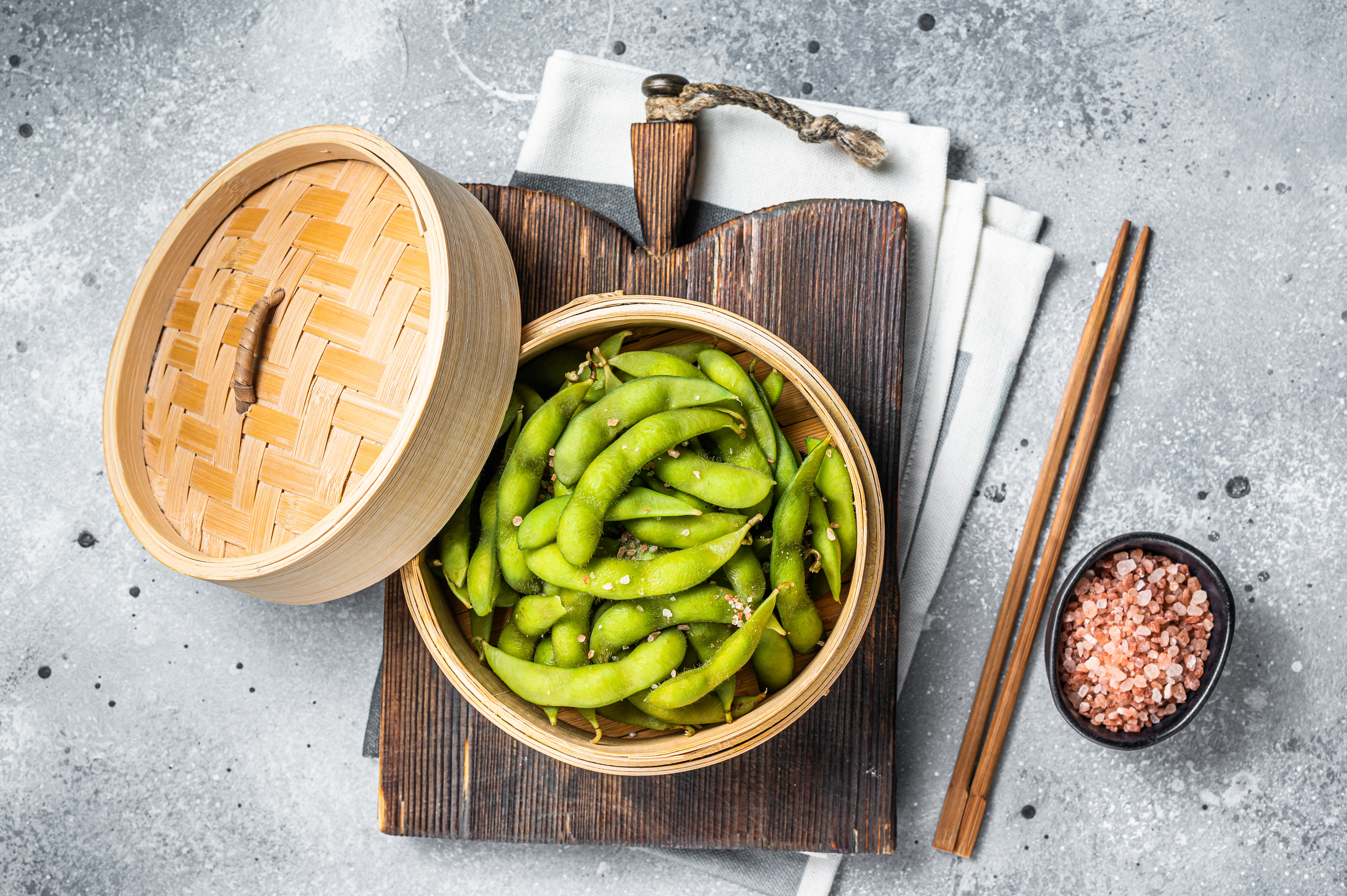26 Simple Strength Habits That Slow Aging After 50
3. The Role of Nutrition in Strength Maintenance

Nutrition plays a pivotal role in maintaining strength and vitality as we age. A balanced diet rich in protein, healthy fats, and essential nutrients supports muscle maintenance and overall health. Protein is particularly important for muscle repair and growth, and older adults often require higher protein intake to counteract muscle loss. Incorporate lean proteins like chicken, fish, beans, and legumes into your meals. Additionally, ensure you're getting enough calcium and vitamin D to support bone health. Hydration is also crucial, as dehydration can affect muscle function and cognitive performance. By adopting a nutrient-rich diet, you provide your body with the fuel it needs to thrive and maintain strength.
4. The Importance of Rest and Recovery

In the pursuit of strength and fitness, rest and recovery are often overlooked. However, they are essential components of any exercise regimen, especially as we age. During rest periods, the body repairs and strengthens itself, reducing the risk of injury and enhancing performance. Ensure you get adequate sleep each night, as this is when the body undergoes critical repair processes. Additionally, incorporate rest days into your exercise routine to allow muscles to recover. Techniques such as foam rolling, stretching, and massage can aid recovery and reduce muscle soreness. By prioritizing rest and recovery, you enhance your body's ability to build strength and maintain energy levels.
